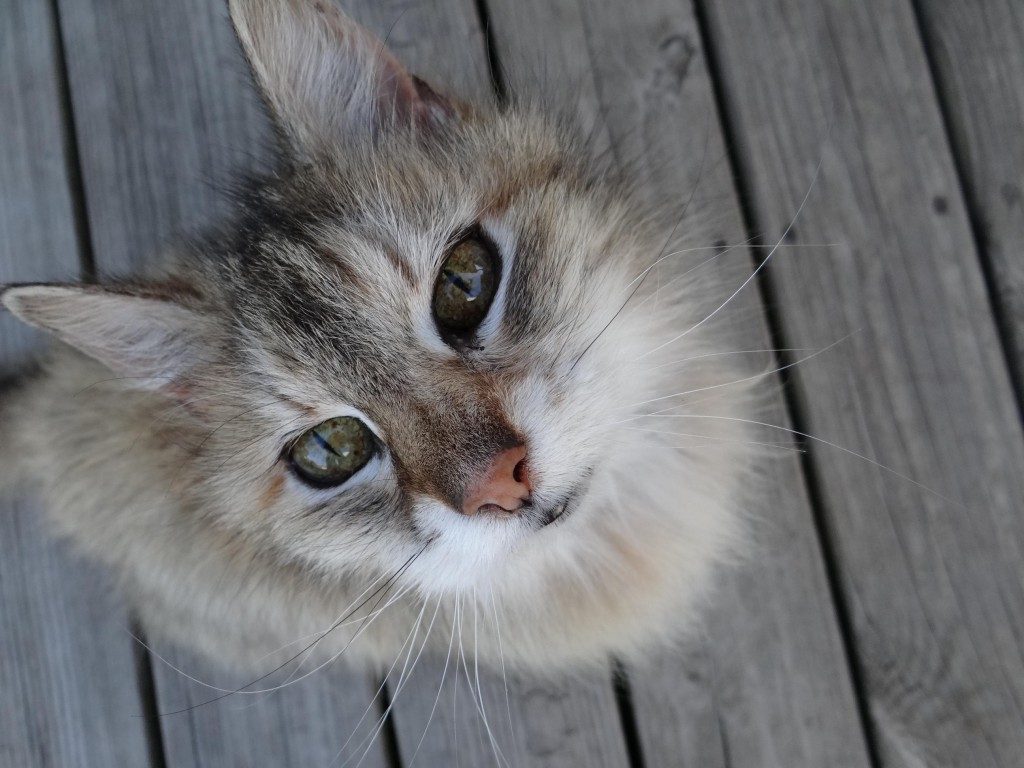Leptospirosis is an infection of bacterial spirochetes, which cats acquire when subspecies of the Leptospira interrogans penetrate the skin and spread through the body by way of the bloodstream. Two of of the most commonly seen members of this subspecies are the L. grippotyphosa and L. Pomona bacteria. Spirochetes are spiral or corkscrew-shaped bacteria which infiltrate the system by burrowing into the skin.
Leptospirosis spreads throughout the entire body, reproducing in the liver, kidneys, central nervous system, eyes, and reproductive system. Soon after the initial infection, fever and bacterial infection of the blood develop, but these symptoms soon resolve with the reactive increase of antibodies, which clear the spirochetes from most of the system. The extent to which this bacteria affects the organs will depend on your cat’s immune system and its ability to eradicate the infection fully. Even then, Leptospirosis can remain in the kidneys and continue to reproduce there. Infection of the liver or kidneys can be fatal when the infection progresses, leading to severe organ damage. Young cats with less developed immune systems are at heightened risk for severe complications, as well as cats with already compromised immune systems.
Symptoms of Leptospirosis
- Sudden fever and illness
- Sore muscles, reluctance to move
- Stiffness in muscles, legs, stiff gait
- Shivering
- Weakness
- Depression
- Lack of appetite
- Increased thirst and urination progressing to inability to urinate, may be indicative of chronic renal (kidney) failure
- Yellow skin and/or whites of eyes – anemic symptoms
- Spontaneous cough
- Difficulty breathing, fast breathing, irregular pulse
- Runny nose
The Leptospira spirochete infection occurs mainly in subtropical, tropical, and wet environments. Leptospirosis is mostly prevalent in marshy/muddy areas with stagnant surface water. Heavily irrigated pastures are also common sources of infection. The infection rate for domestic pets has been increasing in the U.S. And Canada, with infections occurring most commonly in the fall season. Cats typically come into contact with the leptospira bacteria in infected soil or mud, from drinking or being in contaminated water, or from coming into contact with urine from an infected animal. This last method of contact might take place in the wild. Cats that live near wooded areas, or cats that live on or near farms are at a higher risk of contracting the bacteria.
Diagnosing Leptospirosis
Because leptospirosis is a zoonotic disease, your veterinarian will be especially cautious when handling your cat, and will strongly advise you to do the same. Protective latex gloves must be worn at all times, and all body fluids will be treated as biologically hazardous materials.
You will need to give a thorough history of your cat’s health, including a background history of symptoms, recent activities, and possible incidents that might have precipitated this condition. The history you provide may give your veterinarian clues as to what stage of infection your cat is experiencing, and which organs are being most affected.
Treatment for Leptospirosis
Antibiotics will be prescribed by your veterinarian for a course of at least four weeks, with the type of antibiotic dependent on the stage of infection. Penicillins can be used for initial infections, but they are not effective for eliminating the bacteria once it has reached the carrier stage. Tetracyclines, fluoroquinolones, or similar antibiotics will be prescribed for the carrier stage, since they are better distributed into the bone tissue. Some antibiotics can have side effects that appear serious, especially those drugs that go deeper into the system to eliminate infection. Be sure to read all of the warnings that come with the prescription, and talk to your veterinarian about adverse indications you will need to watch for. Prognosis for recovery is generally positive, barring severe organ damage.

















Doris Clark liked this on Facebook.
Irene Hoke liked this on Facebook.